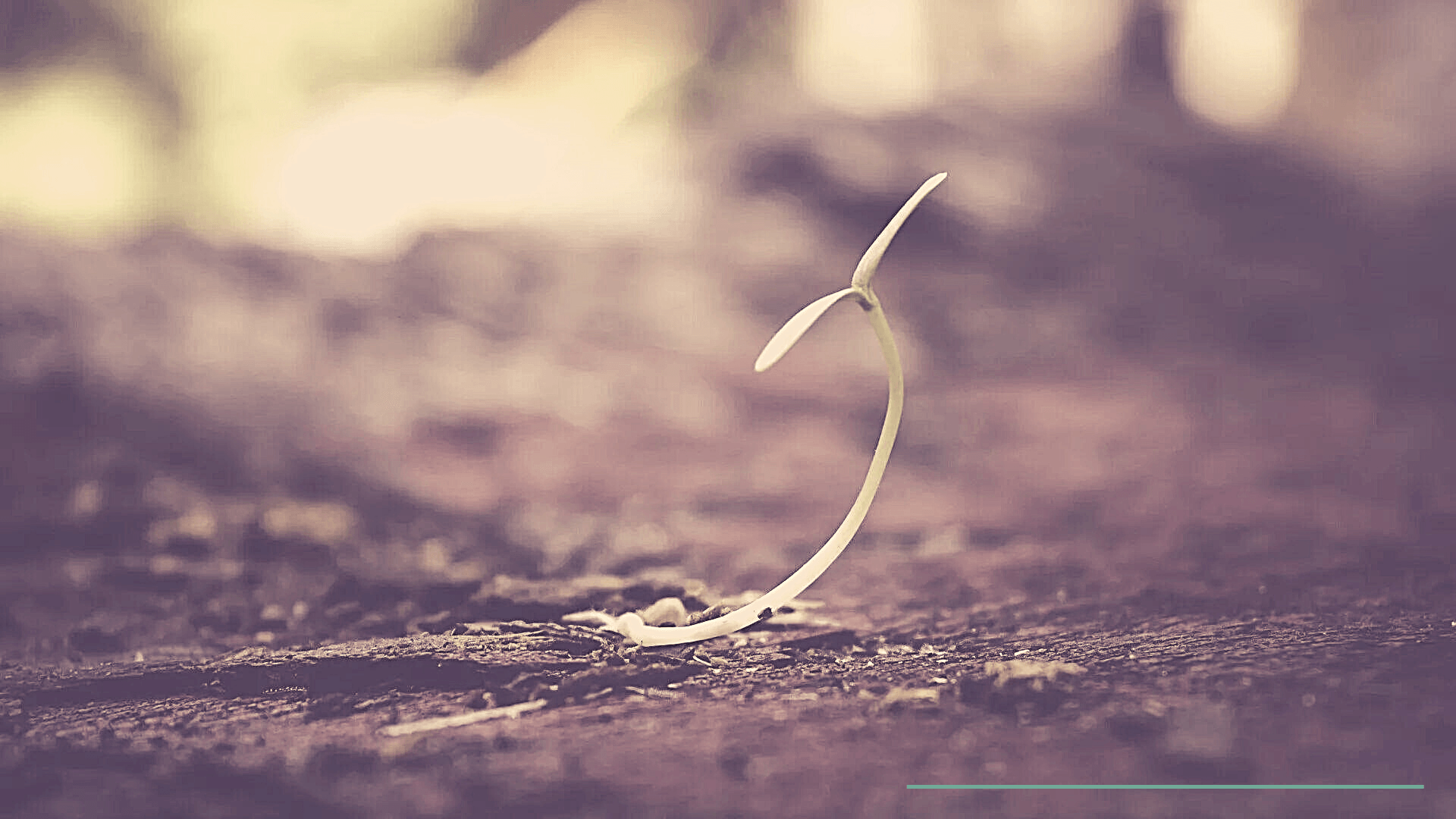Sapling Growing
Growing your first tree sapling doesn't have to be difficult!
Thirty or more years ago, before I was alive, my father planted a tree sapling with his father's father in their back yard. Now, thirty years later, the tree is absolutely massive and stands taller than my father's house.
Maybe that's not the outcome you want. My father and grandfather weren't exactly gardeners - they were just having fun. But there are a lot of things to consider if you decide to plant a tree.
Do you want an oak, how hard is it to keep young trees alive, what is the time to plant, how good is the soil? These are all tips to explore in this article so you can plant your tree today. (Don't plant an oak - I kid, I kid).
Table of Contents
How to Start Growing Your First Sapling
Planting a new tree sapling comes down to two major steps:
- Planting the tree sapling
- Taking care of the tree sapling
Of course, each of these steps could have a how-to guide in themselves so we'll try to give you the crash course.

How To Plant A Tree Sapling
Note: Don't let the roots of the new sapling dry out. Dry roots equal dead trees. That's our motto at least (well, one of them!).
- Choose a good spot in your yard for the new tree. Now, A LOT goes into this - how much sunlight the tree needs, how close is the tree to the foundation of the house, potential utility lines in the ground, the ADULT size of the tree. Do not take this step lightly.
- Get out the old spade and dig a hole that is twice as wide as the root ball of your sapling and as deep as the root ball itself. Generally speaking, this is the best advice we can give. Tree roots should begin just below the surface of the soil.
- Inspect the root ball. If the root system was growing in a pot, it may have grown around and towards the center of the pot. You want to gently spread these roots out so they will grow straight into the ground. For smaller saplings, this shouldn't be a huge problem
- Pace the sapling into the hole. Fill in the hole with the soil you previously dug out. Every now and then poke around the soil to get rid of the air pockets.
- Mulch around the tree about 4" deep. Leave some space between the mulch and the trunk of the new sapling to avoid unwanted disease.
Okay, so the sapling is now in the ground and it's ready to start growing. The easy part is over, and now it's time for the long haul that is the tree's life.
Caring For A Tree Sapling
- Water regularly and deep enough. What does that mean? For a new tree, you want to water the soil about 1" deep once a week. Water it during dry periods for the first three years of it's life. If you aren't confident in your watering abilities, consider looking into an irrigation system.
- If you planted the sapling on fertile ground, then you don't need to fertilize. However, a general rule of thumb for trees is about once per year depending on the soil, and how well the tree is growing.
- We covered this above but make sure you don't over-mulch and place too much next to the trunk of the tree. Water trapped next to the trunk will encourage rot and other unwanted ailments.
- Prune! Pruning is an in-depth topic we'll have to cover in the future but in general, prune away dead, dying, broken or rubbing tree limbs. Trim any limbs competing against the tree's leading limb (if you can't tell, please ask a professional). The best time to trim is when your tree is dormant during the winter. Deciduous trees won't have any leaves while evergreens will still have their foliage.

Frequently Asked Questions
That's pretty much it! Growing a sapling is a great way to help the environment and it's a fun thing to do! Just follow the steps outlined above and be patient. Watching your tree mature into an adult tree is one of the most rewarding things a gardener can do.

If you plan on planting a sapling, you are going to need the right tools. Check out our guide on tree planting tools below!
